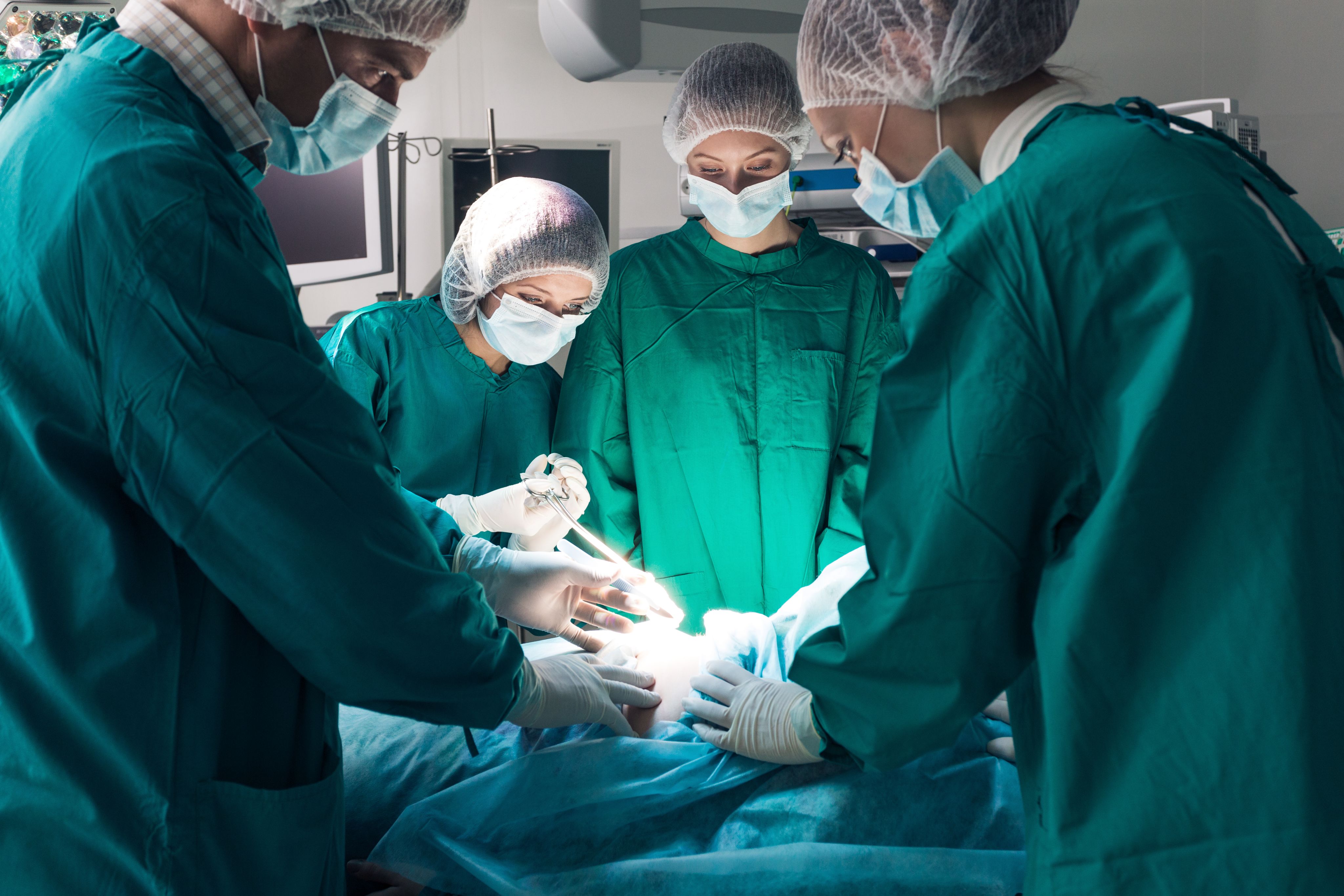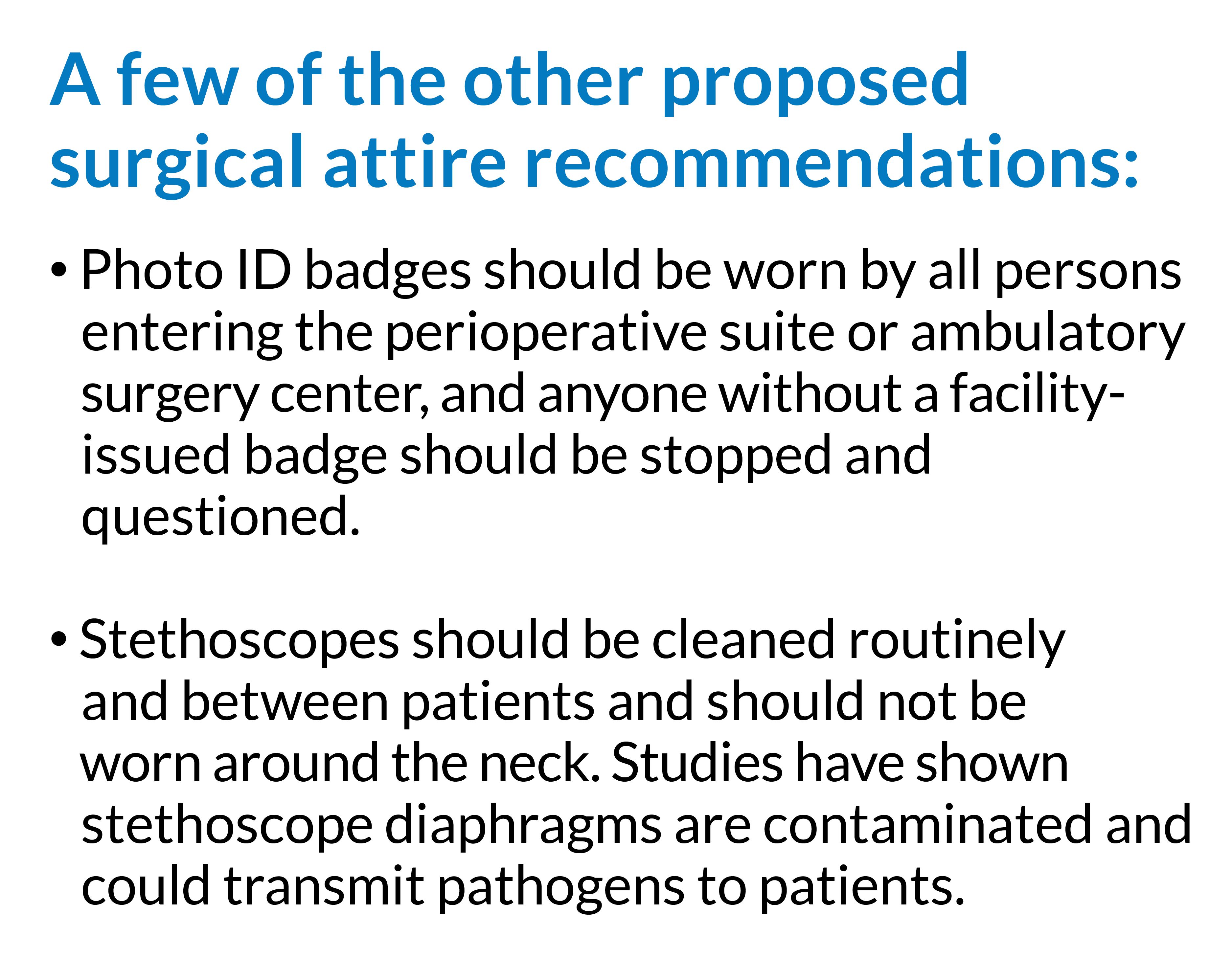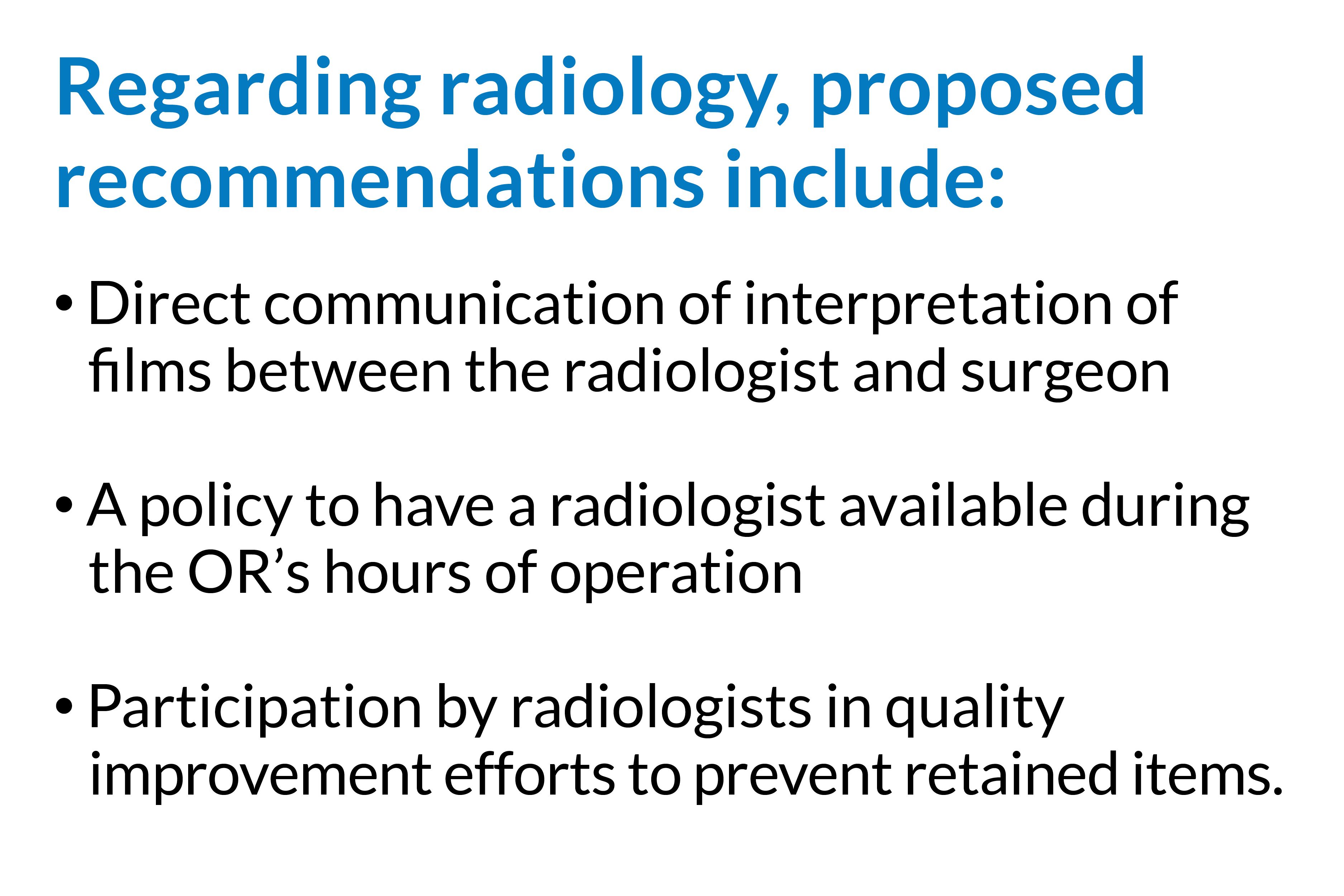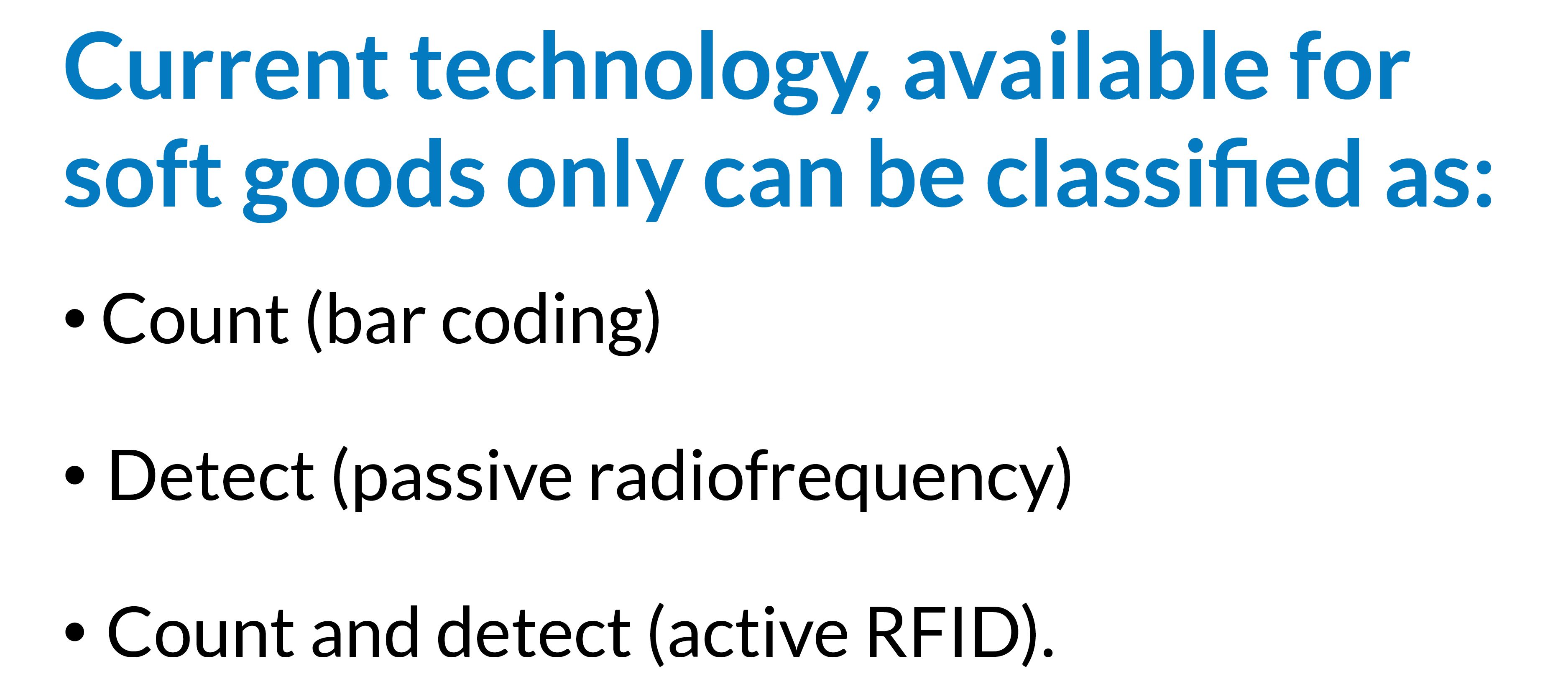AORN RPs generate lively discussion

Proposed revisions to AORN recommended practices (RPs) on surgical attire and prevention of unplanned retained items (formerly counts) generated lively discussion at the AORN Congress in March in Denver—as they are likely to do in ORs across the country.
The proposals were open for public comment on the AORN website, with comments due by April 11 for surgical attire and by April 18 for prevention of retained items.
Five other RPs have been or are being revised: Transfer of care (ie, handoffs), electrosurgery, minimally invasive surgery, and product selection. Laser safety will be revised later in the year.

The proposed RP for surgical attire is expanded from 7 to 10 recommendations. Among the proposals are:
- Not to wear fleece in the perioperative suite
- Not to take fanny packs, backpacks, and briefcases into the semi-restricted or restricted areas
- To launder reusable hats in a health care-approved laundry after each daily use
- Not to wash surgical attire at home.

On home laundering, AORN proposes a direct statement: “Surgical attire should not be washed in the home,” noted Melanie Braswell, RN, MS, CNS, DNP, CNOR, of the RP Committee. The current language says home laundering is “not recommended.” AORN cites 10 references in support of the recommendation against home laundering. Among these are studies finding that home laundering is less effective than health-care or commercial laundries. One study showed home-laundered surgical attire had a significantly greater bioburden than attire laundered by a health care-approved facility or single-use attire.
In contrast to homes, accredited health care laundries must meet stringent guidelines for water quality, cleaning, drying, ironing, and storage, among other things, the proposal notes.
Regarding fleece, concerns are that the material is not low-linting and might harbor contaminants, be flammable, and have chemical additives.
For fanny packs, backpacks, briefcases, and other personal items, the rationale is that these items are constructed of porous material and can’t be adequately cleaned or disinfected.
Perhaps the most discussion came on a small item—cloth scrub caps.
Under the proposed recommendation, these reusable caps would have to be laundered in an approved health care laundry daily after each use, not at home.
Asked if it was OK to wear a disposable cap over the cloth cap, an AORN staff member responded, “You would still need to launder the cloth cap daily” (in a health care facility laundry). One concern is that the disposable cap wouldn’t cover the cloth cap completely.
One audience member said her facility purchased mesh bags that staff members could label with their name and use to send their cloth caps to the hospital laundry. But many thought the proposed RP would essentially rule out the wearing of cloth caps in perioperative suites.
The chair of the AORN Recommended Pratices Committee, Renae Battié, RN, MN, CNOR, reminded the audience that the RPs are recommendations, not regulations, and represent the “gold standard” of practice. They are intended to be adaptable to various practice settings.


The previous RP on surgical counts would be replaced with the revised and expanded “Recommended practices for prevention of unplanned retained items.” The proposed document was posted for comments a second time on March 10 with comments due by April 18.
During the presentation, Judy Goldberg, RN, MSN, CNOR, of the AORN RP Committee said the association had “a tremendous response” during the first comment period and had made significant revisions.
The new proposed language places more emphasis on multidisciplinary teamwork, stating that all perioperative team members are responsible for the prevention of retained surgical items, and completing the proper accounting procedures “is the responsibility of the entire surgical team.”
The American College of Surgeons and American Society of Anesthesiologists have provided feedback on the proposal.
The proposed RP acknowledges the NoThing Left Behind initiative developed by surgeon Verna Gibbs, MD, for reducing the incidence of retained objects (November 2009 and September 2008 OR Manager).
In the proposal, roles are outlined not only for nursing staff but also for surgeons, anesthesia providers, and radiology personnel.


For the first time, the RP addresses the role of technology in sponge counting and detection, which is addressed as an adjunct to manual counts for soft goods, which are the majority of retained items. Studies suggest that in most cases when a sponge was retained, the count was called correct 62% to 88% of the time. X-rays alone aren’t reliable enough to identify retained items.

The proposed RP says personnel should be aware of technology’s “proper use and limitations,” noting these are considered an adjunct to the manual count. There is the risk that team members could rely too much on technology and become complacent.
In an informal poll during the session, 77% of the audience said they are not using such technology, and 19% use it always or sometimes. (The rest of the responses were not recorded.)

During the discussion, Dr Gibbs stressed that “technology is not required but is something that might be added to the process.”
She suggested, “If you have not had a retained sponge in the past 3 years, a technological adjunct is probably not necessary because your process is working. But if you have had an incident or two, you really have to rethink the process.”
One option is a low-cost reliable manual method she developed to account for sponges as part of NoThing Left Behind using hanging sponge holders and a wall-mounted dry erase board to record sponge counts.
Regarding technology, she added: “You have to make the decision based on your local needs, budget, and the way your people interact,” adding, “Don’t feel guilty if you’re not buying a technology right now. Stay tuned. These devices will improve.”
A member of the audience said she saw the language involving radiology as the “biggest challenge.”
She asked: “Are you advocating that a radiologist come to the OR to look at the film or that it be sent to the radiology department?” Goldberg noted that the language states that there is a “strong recommendation” that the image should be read by a radiologist, no matter where the radiologist is located. The intent is for hospitals to recognize that radiologists are the experts on interpretation of x-rays, and their expertise is needed when films are interpreted in the OR, Dr Gibbs adds.
David Feldman, MD, MBA, FACS, who represents ACS on the RP Committee, said, “This is why radiology needs to be part of the process. When we have a retained object and have a root cause analysis, we have radiology at the table. You need to have them involved in developing the policies.”
Information about AORN recommended practices and comment periods are at www.aorn.org
